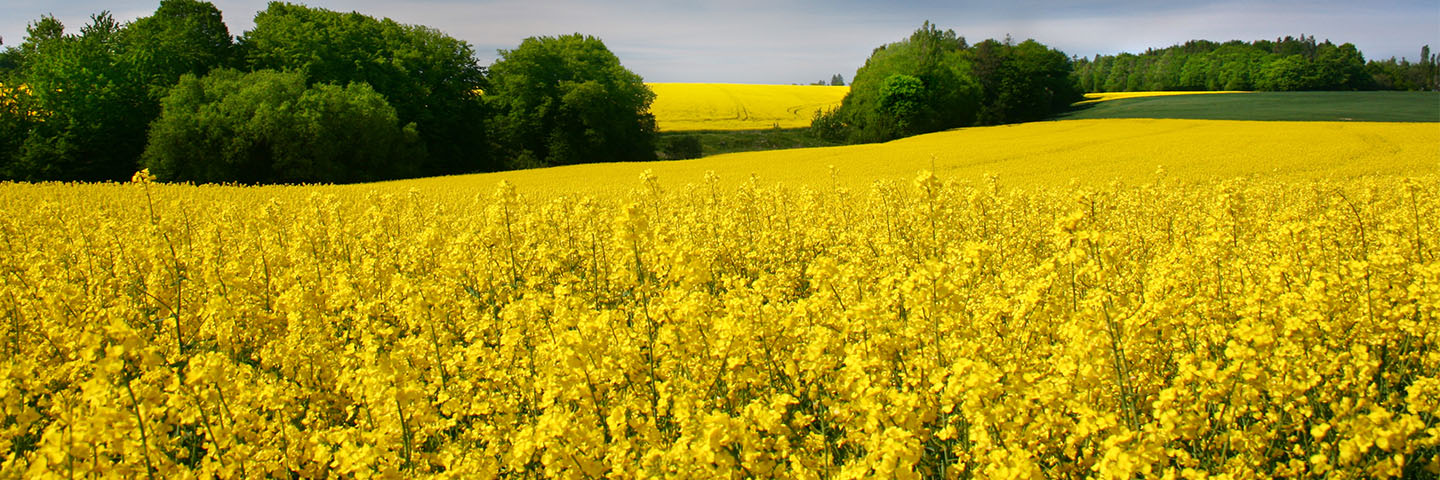Insect monitoring is an essential component of any integrated pest management strategy
Each year up to 76% of the oilseed rape crop is affected by cabbage stem flea beetle damage (CSFB). The crop is most vulnerable to adult CSFB damage at the early stages of emergence as the beetles can feed on and destroy the growing point of the plant.
Crops drilled into dry soil conditions can cause the newly drilled crop to emerge slower and thus be more susceptible to crop damage from this pest. If the damage is severe, the seedlings can be affected even before they emerge. The overall effects cause stunting of the plant, poor plant vigour and in some cases total plant loss.
There is confirmation of pyrethroid resistant CSFB populations now being present in the UK. Monitoring must now be a key component in Integrated Pest Management for UK growers of oilseeds. Click here to contact our team and discuss our Insect Monitoring Services.


Growers also need to be monitoring crops for the aphids which transmit Turnip yellows virus (TuYV). This disease is a major threat to oilseed rape cropping and can reduce yields and may also affect oil quality. The main TuYV vector in the UK is Myzus persicae – the Peach-Potato Aphid. Furthermore, the virus has a diverse range of alternative hosts, including many common arable weeds such as shepherds purse, mayweed and groundsel. Combine all of these factors and the result is a large reservoir of hosts within which the virus can overwinter and provide a source for further infection later in the growing season. Fera use a range of technologies and support the National pest and disease surveillance programme by providing an insect monitoring service.

Copyright © 2025 Fera Science Limited (“Fera”). All rights reserved.
For further information about how Fera uses any personal data collected from you, please see our Privacy Notice at www.fera.co.uk/privacy-policy.



